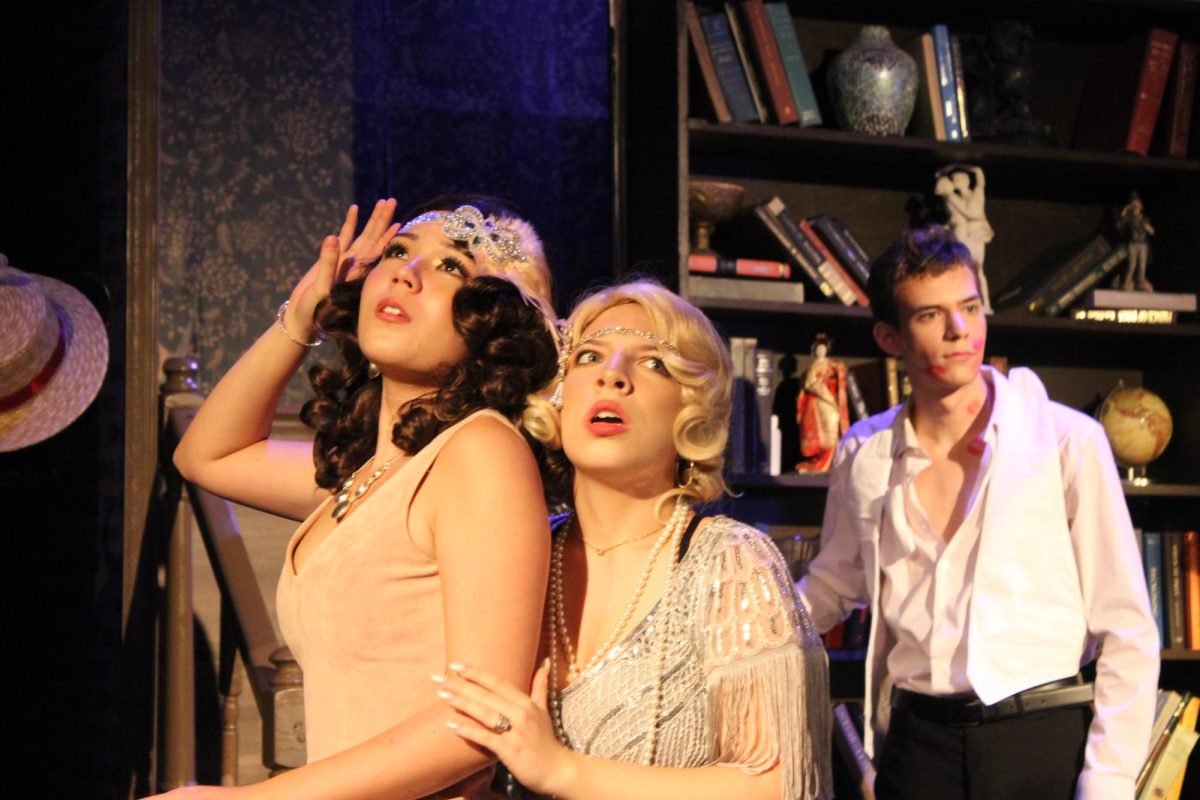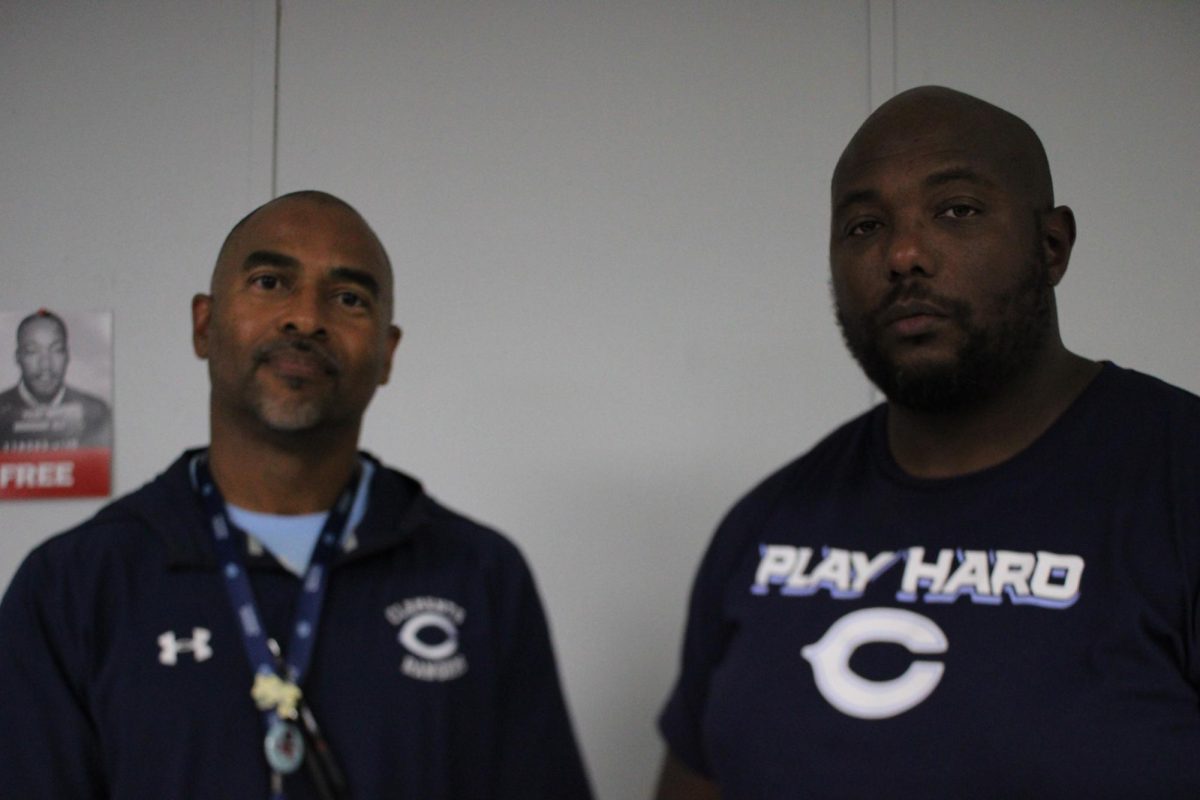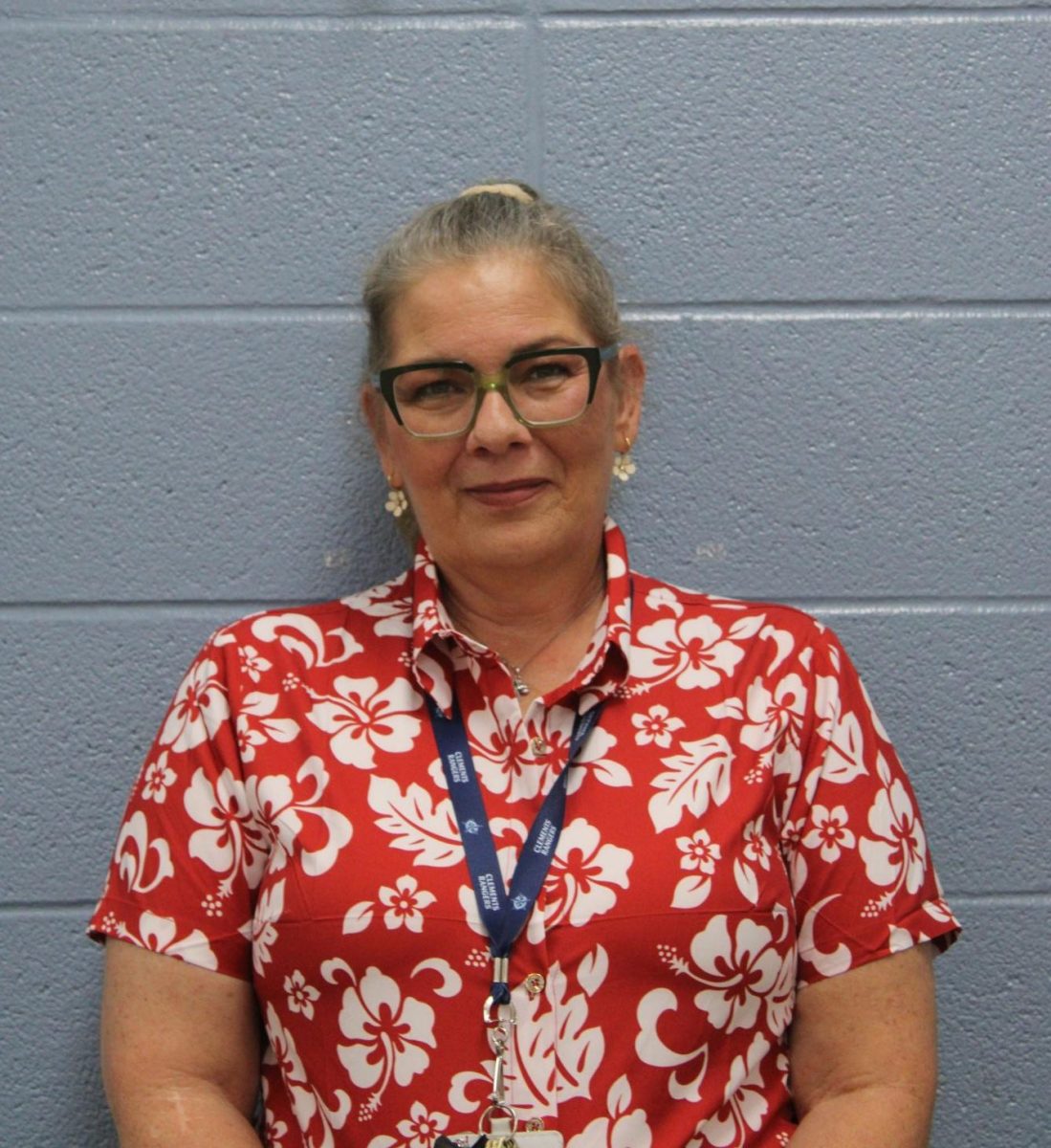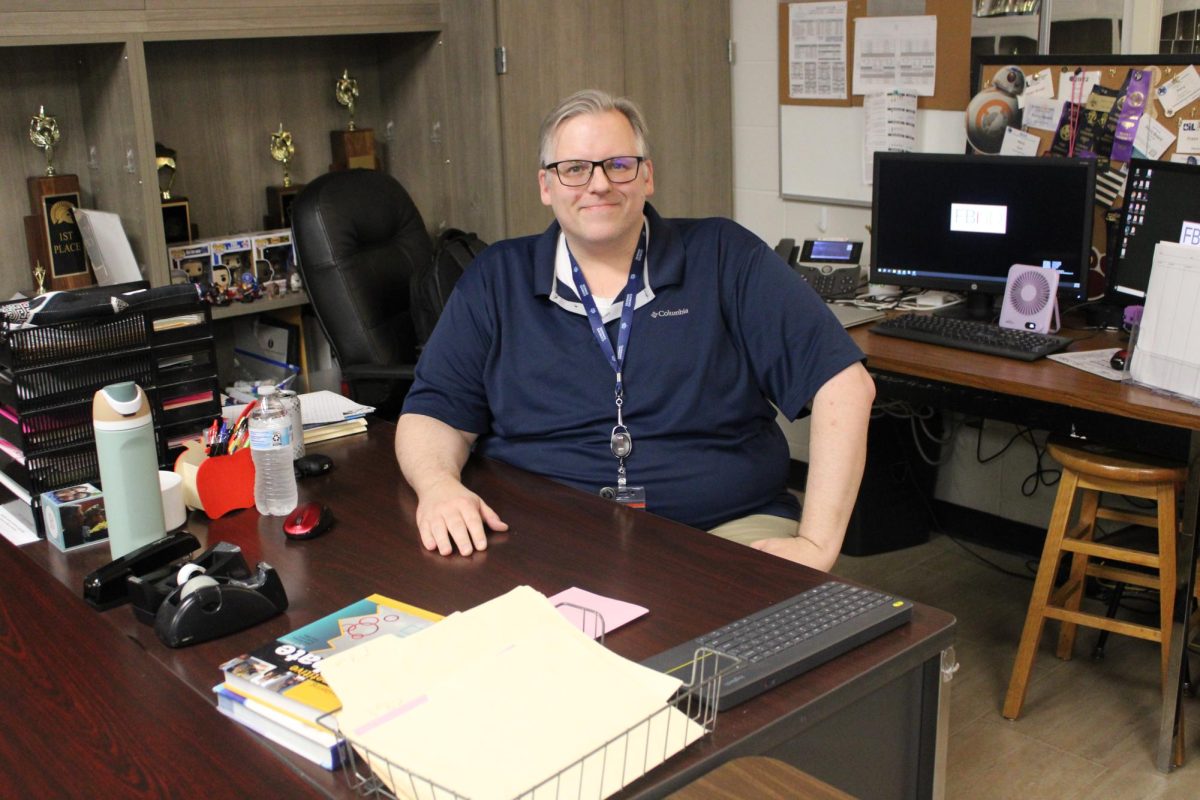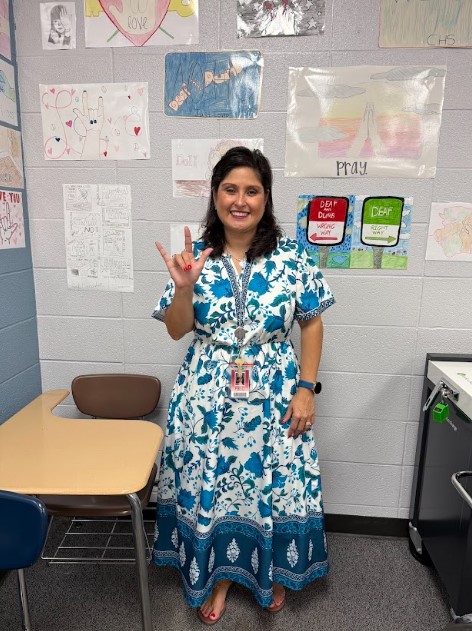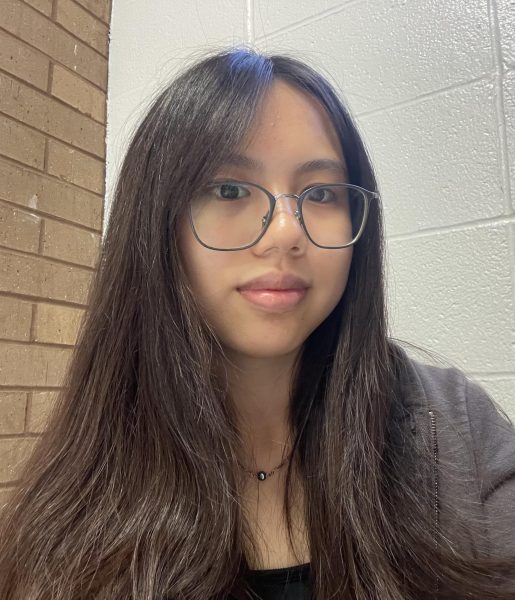Having a greater role in the lives of students is a key motivator within the Special Education Department. Among staff, many agree that the opportunity to aid students who really need it is a work filled with joy and passion.
With the start of a new school year, three new special education staff members have joined the campus community. It will be paraprofessionals Jaquilline Rojas and Jim Paul Santa Maria, as well as history and ‘class plus English’ teacher Kenneth Ballinger’s first year at Clements.
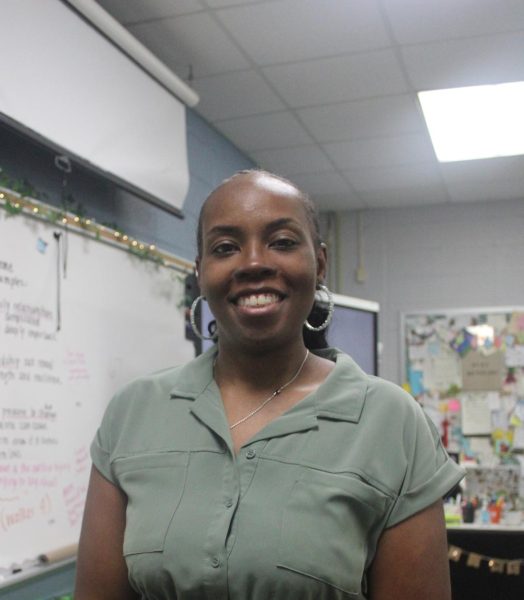
Being diagnosed with Attention Deficit Disorder (ADD) as a child, Rojas said that she began fostering an interest in becoming an educator early on.
“The way that my fifth grade teacher took the time out to work with me, to show me that extra attention that I needed, encouraged me, that right there determined what I wanted to do, which was to be more involved in children’s life,” Rojas said.
In high school, Rojas took an education class where she had the opportunity to work with elementary and middle school students in Fort Bend ISD.
“I went and did elementary first [semester] with kindergarten, and then the second semester I did middle school at Missouri City Middle School for math,” Rojas said. “That part determined what I wanted to do, which was special education.”
While her first experiences working in education began with elementary and middle school students, Rojas admits that one of her favorite parts of her job as a paraprofessional is getting to work with high schoolers.
“I’ve been asked multiple times, ‘Are you sure you don’t want to do elementary and middle school activities?’” Rojas said. “Absolutely not. I love high school. I love seeing all my students grow into adulthood. [Seeing them] get ready to go off to do either trade school, college or do something to better their life.”
Like any other educator, Rojas teaches a set curriculum; however, she also makes it a point to provide her students with what she calls “life lessons.”
“I always tell them that we give you what you need here, but when it’s time to go out in the real world, there’s people who are not going to understand your disability.” Rojas said. “It’s not your job to tell them or explain to them, because really they don’t care. But just show them that, hey, I can do this regardless of what my disability is…just show me the same respect as I would show you.”
Like Rojas, Santa Maria’s work in education goes back to his high school years. After a sports injury, his high school basketball coach offered him the assistant coach role for his elementary and high school basketball teams.
“I was still young, I still wanted to play,” Santa Maria said. “Unfortunately, my knees didn’t want to.”
Santa Maria had never planned to go into Special Education. He originally applied for any non teaching position but due to his working hours, he ended up getting a job as a paraprofessional at Fort Settlement Middle School. This is his third year working in Special Education and his first year working at the high school level.
“When I entered Special Education, I felt a different fulfillment,” Santa Maria. “Whenever I see the kids smiling at me or whenever they accomplish something, it’s different.”
The role of paraprofessionals differ from those of a designated Special Education teacher. While a teacher may teach a set curriculum, paraprofessionals are not assigned a class. Their work varies from teaching a classroom of students, supporting students in their general studies, to assisting students from room to room.
“[We] need to support them in the general [education] subjects or classes, but when it comes to special ed., it’s challenging,” Santa Maria said. “Because sometimes, their behavior may act like they’re okay with it one day, and the next day they may not.”
Despite its challenges, Santa Maria admits he wants to continue working in Special Education.
“There’s one student here,” Santa Maria said. “They say that he’s kind of lazy, he just sleeps all day, but I realized, I have a Velcro ball catch, and I brought it and tried to play with him, and from then on, he was the one to make a gesture, like ‘Let’s play’ every time. Those are the kinds of things money can’t buy.”
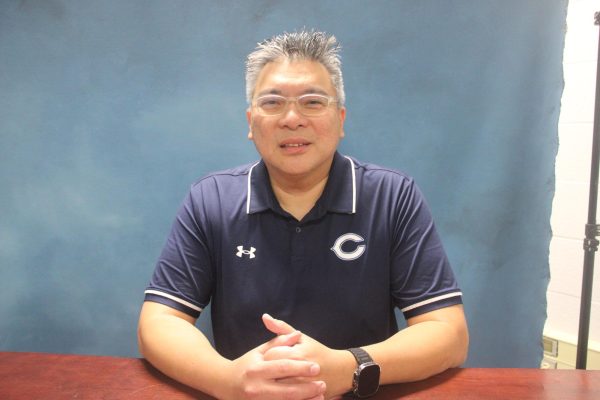
Although Santa Maria is enjoying his work as a paraprofessional, a long term goal of his is to get his certifications to become an official Special Education teacher.
“If you’re a para[professional], your responsibilities are limited,” Santa Maria said. “You’re not the main teacher, so you’re just there for support, so I’ll continue doing what I’m doing now…My goal is to continue what I’m doing and help a lot of kids, and not just those kids, but the staff and the teachers as well, and make a difference in every person’s lives, just in every day life.”
On the other hand, Ballinger has been working in education for 14 years. Before becoming a designated Special Education teacher, Ballinger coached and taught high school Social Studies. This will be his sixth year teaching special education. Ballinger said that he’s always admired the Special Education Department.
“It services the needs for the kids who really need the special attention and the extra attention that they need and that really inspired me to get into Special Ed full-time,” Ballinger said.
To Ballinger, the opportunity to make a difference in his student’s lives is both exciting and rewarding.
“You see a young man or a young lady smile, you see their face light up because they finally understand the answer or they’ve solved the problem,” Ballinger said. “And you’ve helped teach them or you’ve helped reach the goal that they’ve been trying to reach. It keeps you motivated to keep going because you know every day that you can make a difference in one of their lives,”
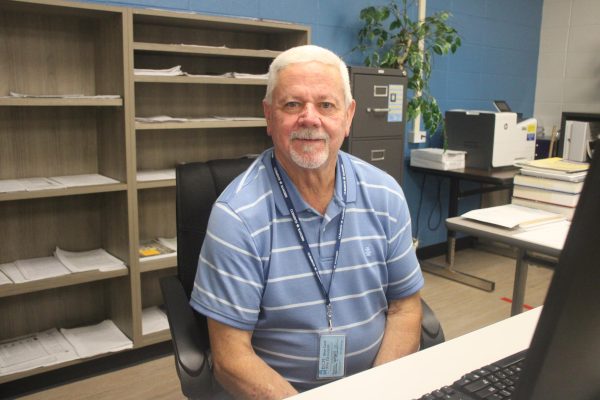
This new school year, Ballinger said, has been both exciting and challenging.
“In my field there is a lot of paperwork that you have to be familiar with, up to date to, and things that have to be completed ahead of time,” Ballinger said. “Not just grading papers, but there’s a lot of other paperwork involved in special education.”
Despite these hurdles, Ballinger emphasizes his satisfaction with his new working environment.
“This is a wonderful campus, wonderful administration,” Ballinger said. “The students here are very well mannered. I could not say enough about Clements High School. It is top notch.”

